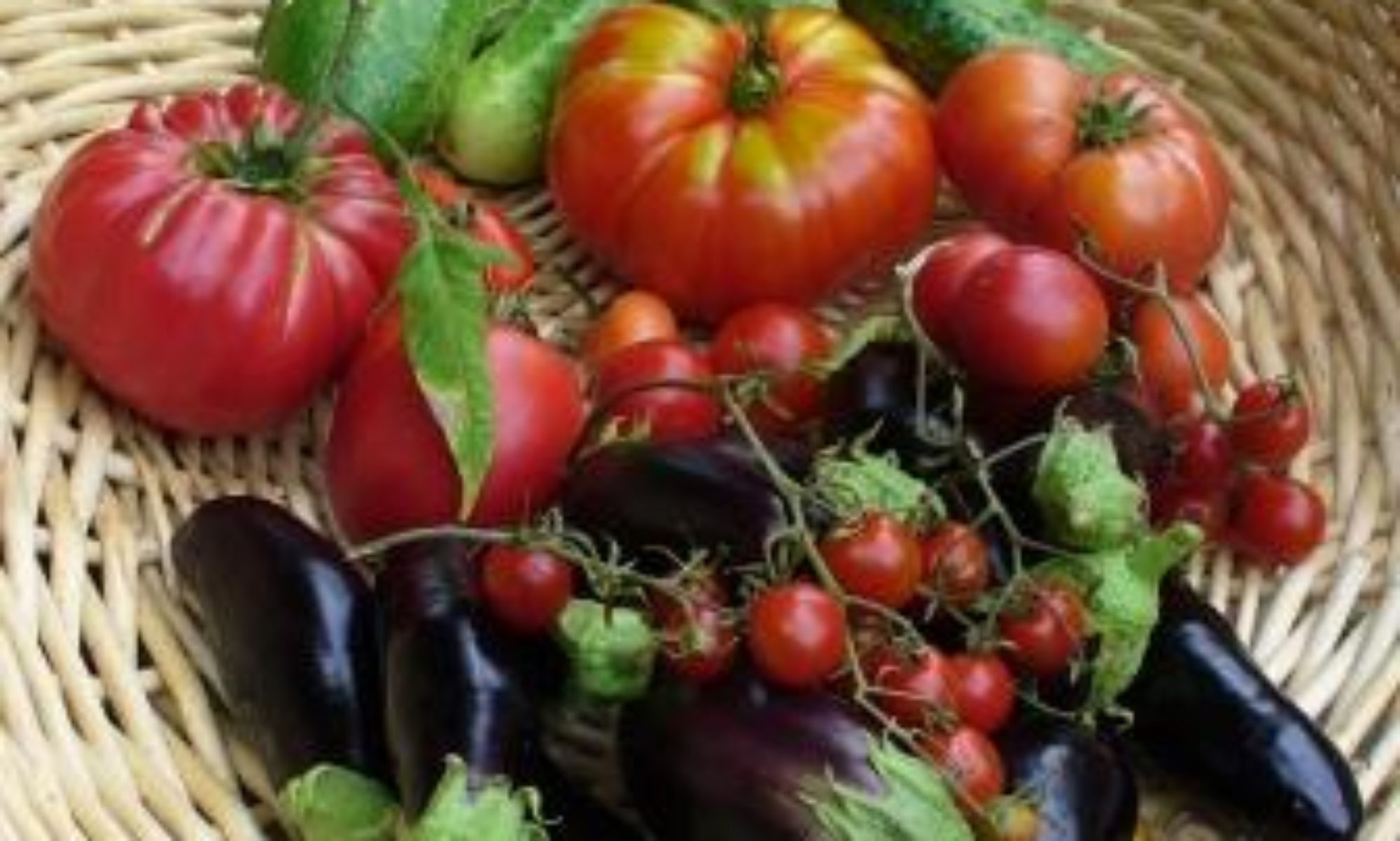Yesterday High & Dry Farm was honored by the visit of our congressional representative Kim Schrier.


Representative Schrier was the first customer at High & Dry Farm’s new farmstand. Talk about a grand opening!

High Dry Farm, Sultan, Washington….Certified Organic
Yesterday High & Dry Farm was honored by the visit of our congressional representative Kim Schrier.


Representative Schrier was the first customer at High & Dry Farm’s new farmstand. Talk about a grand opening!
Our USDA EQIP high tunnel grant application didn’t get funded initially, but then USDA found some loose change behind their sofa cushions and belatedly awarded the grant to us. Follow us as we race to get our 30’x95′ veg cathedral completed soon enuf for a Fall crop.
Here is a list of some project milestones:

Our new walk-in cooler and wash/pack buildings are now nearly complete. They are fully functional and just need a little trim work.
Making progress. The site has been leveled and forms put into place to pour a concrete foundation. Our trusty farm truck has hauled big loads of construction materials. The base and 4 walls for the walk-in cooler have been constructed and await assembling on the concrete foundation when it is complete.

This was our first experiment in dry (non-irrigated) farming. And what a test it was! This was one of the driest summers in recorded history, with a total of 0.7″ inch of rain-fall July through September. Yet a single 100′ row produced 150 lbs of winter squash! The key, I expect, was that we had one of the wettest Junes in history, creating a reserve of soil moisture that lasted all summer.

Our request to the Washington State Department of Agriculture, for a Local Food System Infrastructure Grant in the amount of $26,416.00 was awarded in full. This will allow us to upgrade our vegetable wash station and install a walk-in cooler for food storage.

In northern (or southern) latitudes, vegetable growth virtually ceases when day-length becomes less than ten hours. Days are shorter than ten hours for at least a few days any place on the globe above latitude 30 or below latitude -30. This includes almost all the United States except the most southern parts of Texas, Louisiana and Florida. The calendar months during which there are fewer than ten hours between sunrise and sunset have been dubbed the “Persephone period” by Eliot Coleman. Although plants grow little during the Persephone period, mature plants may remain healthy. Thus, winter harvest of many salad greens is possible if they are planted in Fall, allowing enough time for them to reach maturity before the beginning of Persephone.
Johnny’s Select Seeds has published a chart that helps chose, depending on the date at which Persephone begins at your latitude, the best Fall planting date for various salad greens to allow winter harvest. However, the chart is awkward to use. Based on this chart, I have created a free database that automatically calculates the best Fall planting dates for your location. To use it, sign up for a free Airtable account here. Once you have signed up, download a copy of the Fall Planting for Winter Harvest to your Airtable account here.
Fresh vegetables are now available from High & Dry Farm’s new farmstand. Vegetables should be pre-ordered, with payment by credit card here, and then picked up the following day at our farmstand at
32814 120th St. SE, Sultan, WA 98294

I can’t decide whether foraging food or growing food is more satisfying. Our horse pastures sprout meadow mushrooms this time of year, and this year the crop has been huuuuuuge.
A few of these will become a side-dish for steak tonight. The rest go into our dehydrator.
